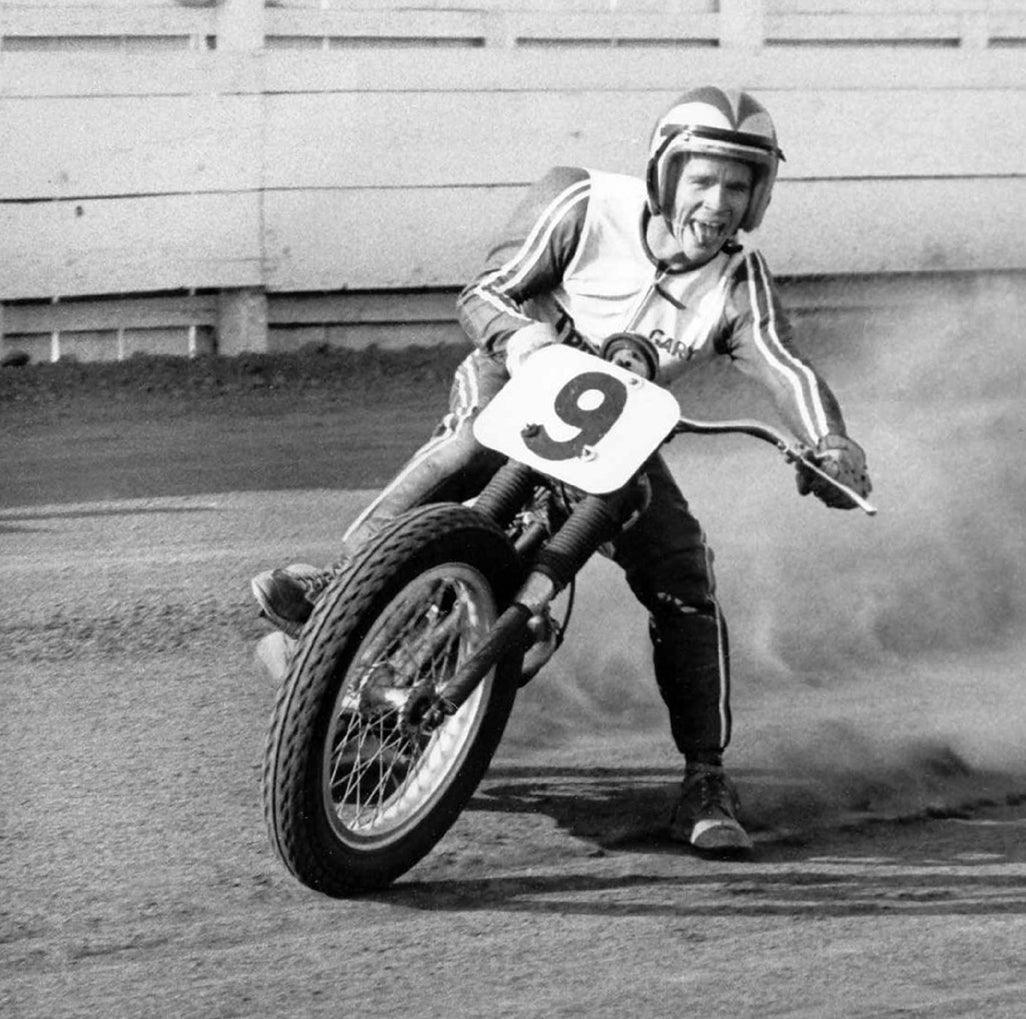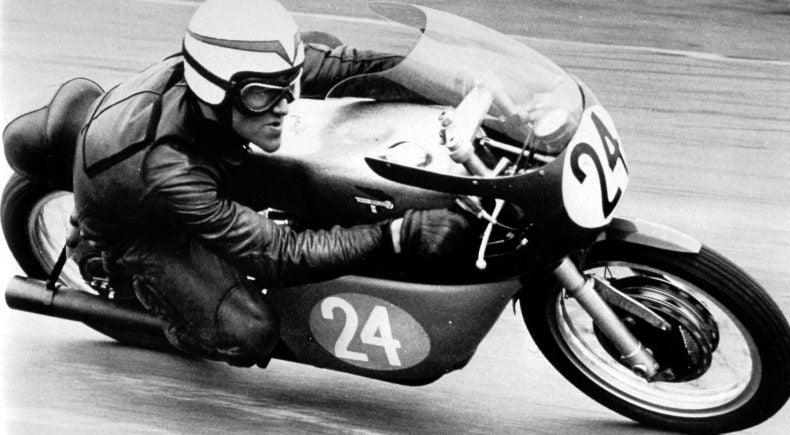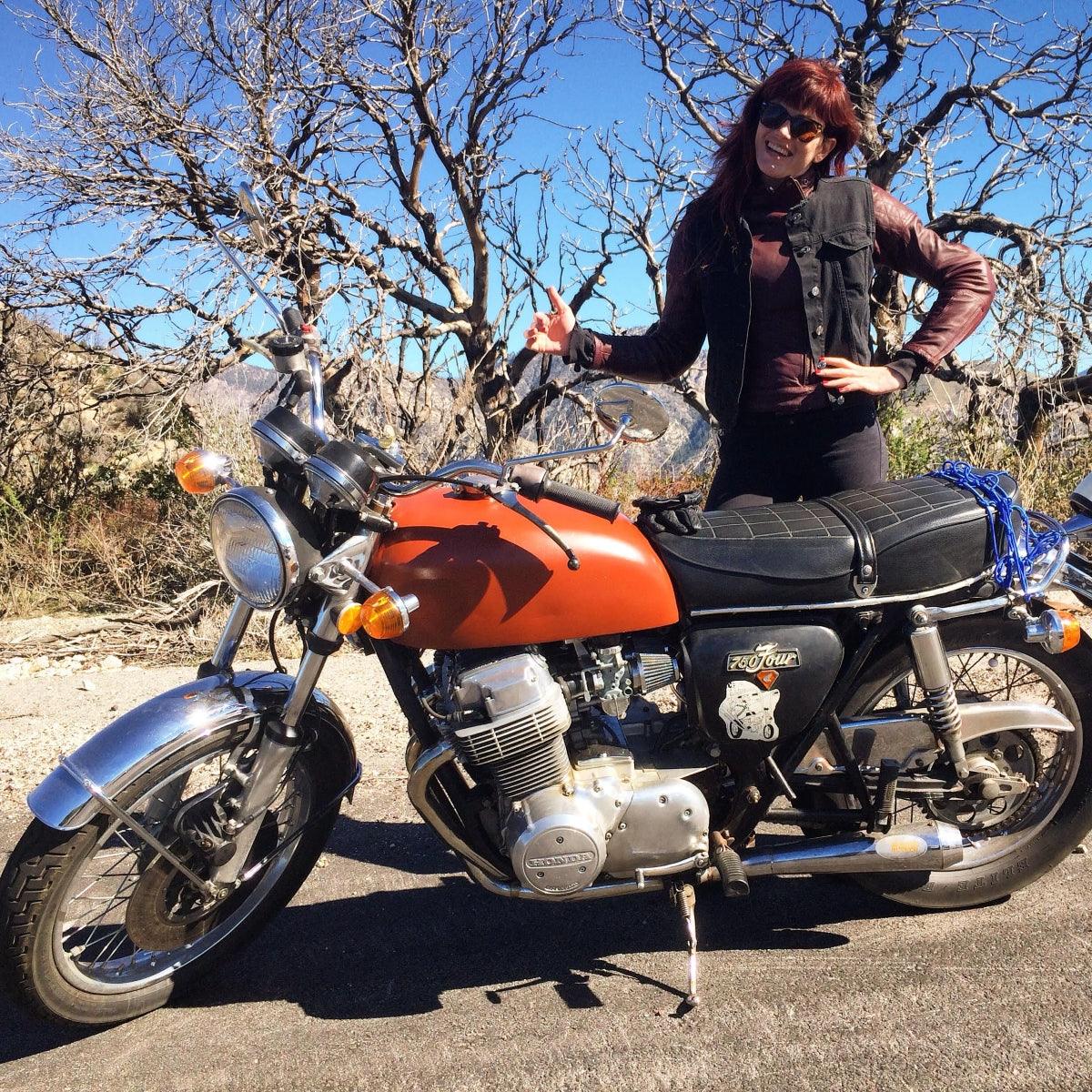
Gary Nixon was an internationally successful racer who helped define the future of both off-road and road racing.
Born in Oklahoma in 1941, Nixon was naturally talented at all sports he tried his hand at. He appeared on the national racing scene as a teenager in the late 50s. At the age of 15, he was a drag racing champion, what with weighing all of 89 pounds. Nixon branched out into competing in scrambles, and birthed a love for off-road racing as he excelled in that type of race.
Nixon began racing professionally in 1958, and in two years was of a caliber enough to compete in the AMA Grand Nationals. For three years, he showed promised as a rookie, but did not come into the limelight until 1963 when he won his first AMA national at the Windber, Pennsylvania road race. Three weeks later, he won a short-track national in Illinois, and thus got his career’s momentum going. He finished the 1963 season sixth in the Grand National Series.

By 1966, Nixon was a Grand National runner-up to Bart Markel.
In 1967, Nixon started the season with a hard-earned victory at the Daytona 200, and fought on to win five more AMA nationals. That year was the first time he was a Grand National Champion, and it was said to be the best year of his career.
In 1968, he won the title again in a dramatic, neck-to-neck battle in the final race of the season against Fred Nix.

During 1969, Nixon sustained a leg injury that resulted in his having to get an 18-inch steel rod inserted into his leg to hold it together. This didn’t stop him from racing, however, and he continued to compete with it keeping his leg together for three years. His left leg being the one attached to his hot shoe, he was forced to concentrate on road racing, which he became wildly skilled at. While his injury kept him from being able to secure another Grand National Championship, his time spent concentrating on road racing earned him the title of being one of the greatest road racers ever known.
Over the 70s, the number of AMA national road races decreased, leaving Nixon with fewer opportunities to excel at what he did best. By 1979, he was forced to retire. By the end of his career, though, he had earned 19 AMA National victories and more than 150 Grand National finishes.





Leave a comment
All comments are moderated before being published.
This site is protected by hCaptcha and the hCaptcha Privacy Policy and Terms of Service apply.